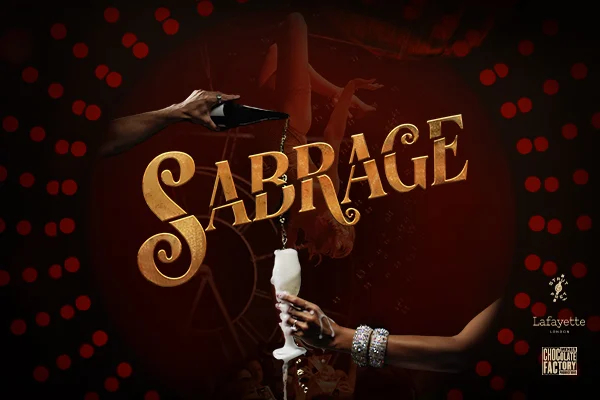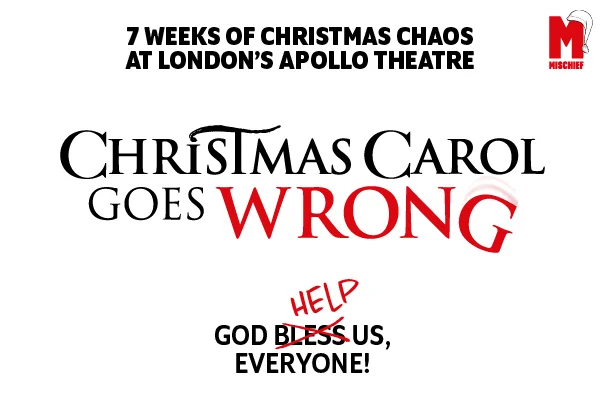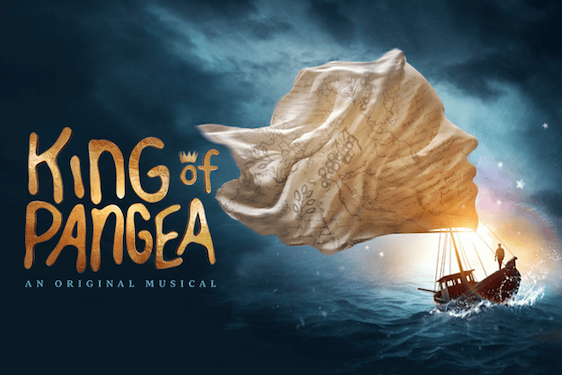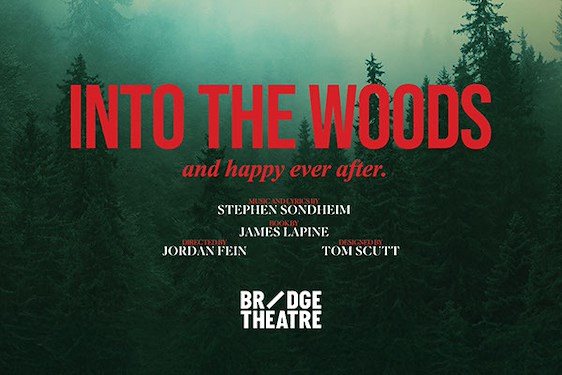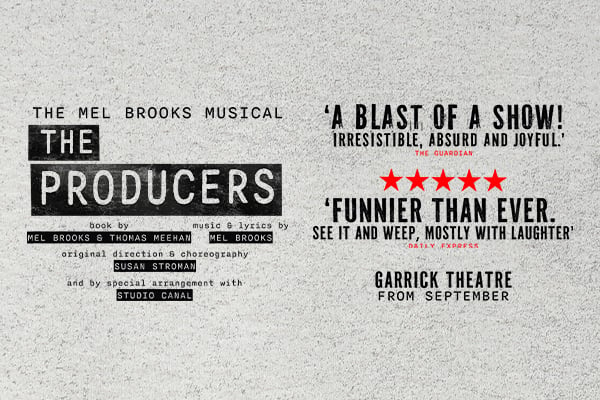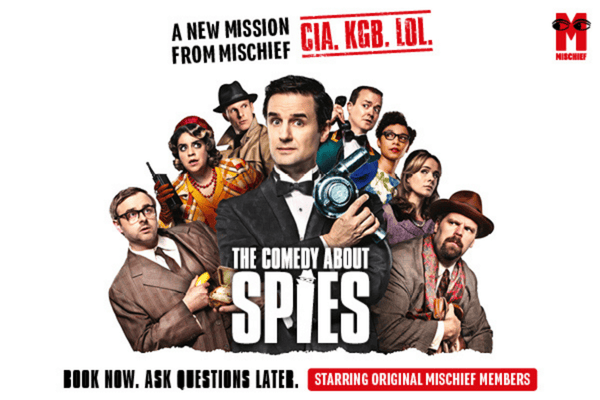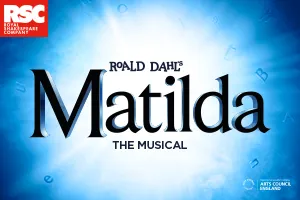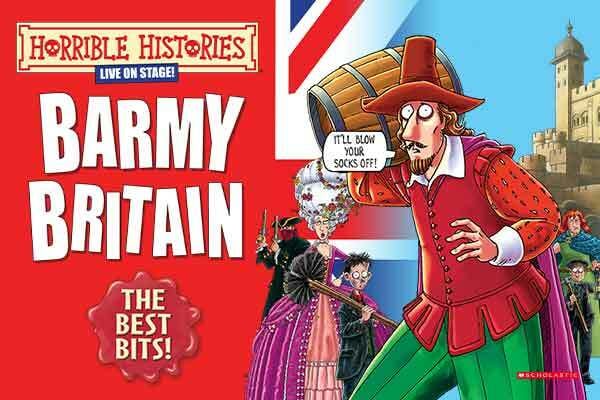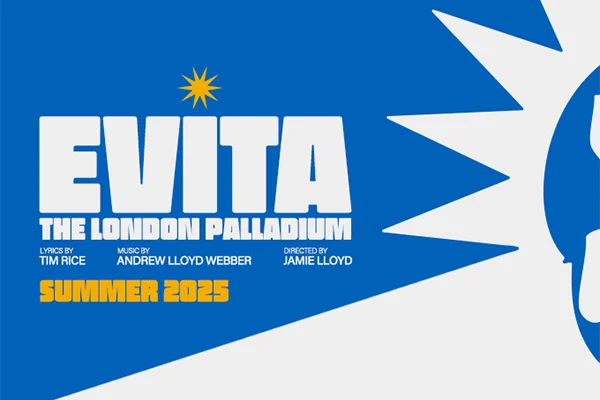The Edinburgh Festival Fringe, today the globe’s largest arts festival, began not with fanfare; but with a snub. In 1947, eight theatre companies, pointedly not invited to the newly minted Edinburgh International Festival, decided to show up anyway, armed with nothing but determination, battered props, and the kind of chip on the shoulder that you could serve with vinegar. They performed on the fringe of the official festivities, sowing the seeds of an institution built entirely on nerve, grit, and a healthy disrespect for authority.
There was no selection committee, no press office, no branding strategy. Just a handful of artists, a few dusty halls, and a collective middle finger aimed squarely at the cultural establishment. No permission? No problem. The spirit of the Fringe was born: if you’ve got the guts (and preferably a flyer), you’re in.
Throughout the '50s and '60s, the Fringe was pure anarchy with a budget smaller than a ham sandwich. Performers scrambled for audiences, cobbling together shows in church basements, pubs, and anywhere else with a floor and a fire exit. Marketing consisted mainly of physically thrusting a leaflet into your hand and pleading with their eyes.
By the 1970s, the Fringe had gone from lovable upstart to sprawling behemoth. Professional companies began to rub shoulders with clowns, comedians, and interpretive dancers hurling themselves across the Meadows. It became a chaotic, sweaty proving ground where reputations were made, and more often, crushed. If you could survive Edinburgh, you could survive anything.
The '80s turbocharged it further. Stand-up comedy, once a sideshow, exploded, with future household names like Stephen Fry and Emma Thompson hoofing it through grimy makeshift venues. Meanwhile, fringe theatre grew bolder, weirder, and occasionally so abstract it left audiences wondering if they'd actually just been mugged by a man in a papier-mâché owl costume. Ah, art!
Around the turn of the millennium, thanks to the miracle (or menace, depending on your point of view) of the internet, suddenly anyone could review a show. Theatre blogs popped up like mushrooms after rain. Student websites started dispensing stars like confetti at a particularly enthusiastic wedding. Forums, chatrooms, early online magazines all birthed a new breed: the amateur critic. You didn’t need a column at The Scotsman anymore; all you needed was a dial-up connection, a basic grasp of grammar, and an opinion; preferably a loud one.
The Fringe, already the wild west of the arts world, became even wilder. Shows that mainstream critics ignored could now build a grassroots buzz. A one-man Hamlet in a broom cupboard might get an effusive review from "theatre_fan_2003" on a blog and sell out for the rest of the run. Some performers, initially suspicious, quickly realised that these plucky citizen reviewers were often quicker, kinder, and frankly easier to impress than the stone-faced establishment.
By 2005, "citizen media" was no longer a sideshow; it was a force. Review sites like Broadway Baby and ThreeWeeks rose up alongside traditional giants, and the holy terror of a show being reviewed before the mainstream papers even deigned to send a critic became very, very real. Suddenly your opening night wasn’t just a warm-up; it was your make-or-break.
Of course, not everyone was thrilled. Established critics huffed into their whisky glasses about "lowering standards." Some performers worried about the inconsistent quality of citizen reviews; one minute you were a "revelation", the next you were "an incomprehensible noise show with sad hats." And it’s fair to say not all early online reviewers were, shall we say, seasoned. A few barely seemed to have seen the show, and others seemed to review entirely based on the comfort of the seating.
Yet for all its messiness, citizen media blew the doors open. The Fringe became less about winning the approval of a handful of gatekeepers and more about finding your audience wherever you could. Word of mouth, once literal, became digital. It levelled the playing field, at least a bit, in a festival where big companies with big PR teams had often dominated.
Today, the Edinburgh Festival Fringe is less rebellious teen, more unruly megastar; 3,500 shows, 300 venues, and enough flyers to deforest a small country. It’s an ocean of ambition, genius, madness, and mild amateurism, all sloshing together down the Royal Mile. And though the heart remains scrappy, the stakes (and costs) have skyrocketed.
Performers now need the stamina of an Olympian, the finances of a minor oligarch, and the mental fortitude of a hostage negotiator. One-man shows, immersive theatre in public toilets, stand-up performed while dangling upside down; it’s all there, proudly defying taste and common sense in equal measure.
Success at the Fringe can launch careers; think Fleabag, The League of Gentlemen, Flight of the Conchords, but for every star born, a dozen hopefuls go home clutching bruised egos and maxed-out credit cards. It’s a gladiatorial arena of creativity, with added bagpipes.
The Edinburgh Festival Fringe thrives because it refuses to be tamed. It’s messy, magnificent, exhausting; and utterly indispensable. A celebration of art in its rawest form, where anyone with enough nerve (and enough loose change for a venue deposit) can take a swing at greatness.
It’s not just a festival. It’s a living, sprawling, caffeinated rebellion; and thank heavens it never asked for permission.






